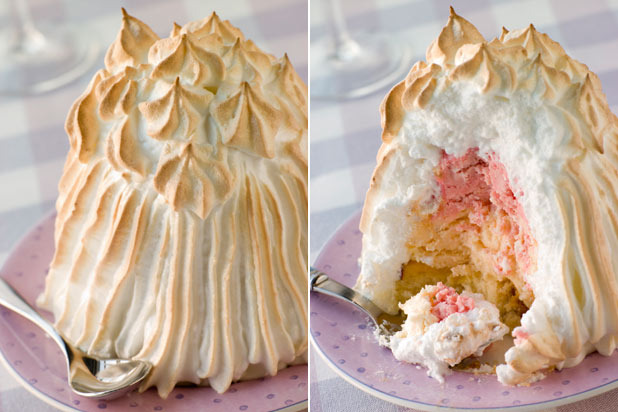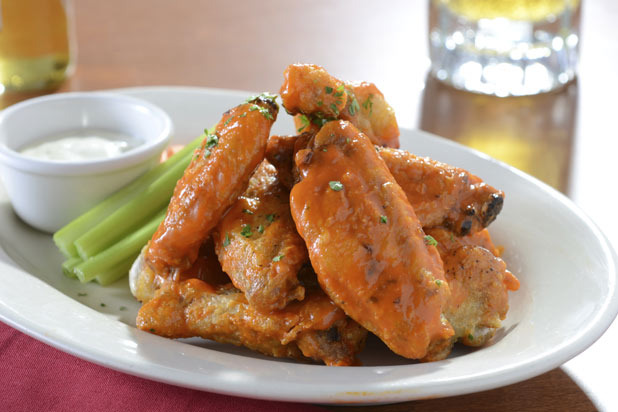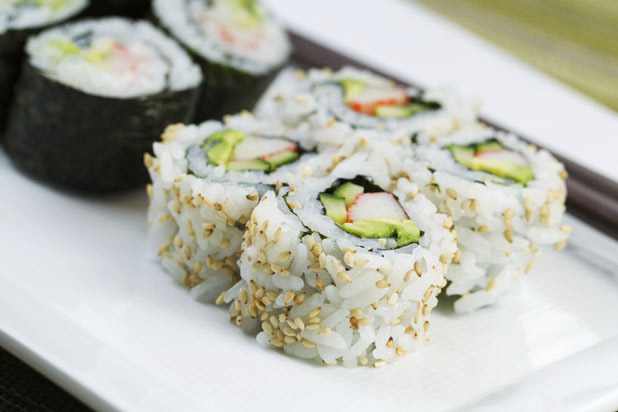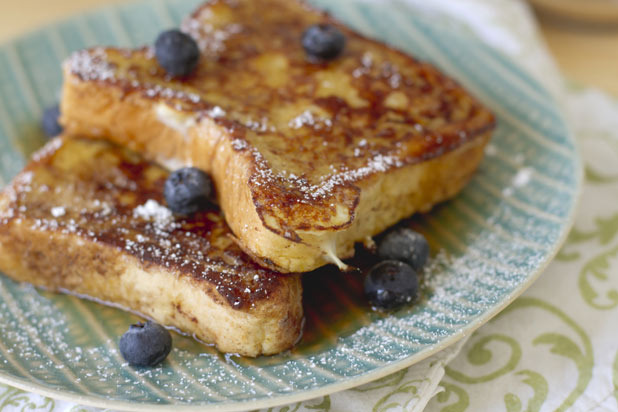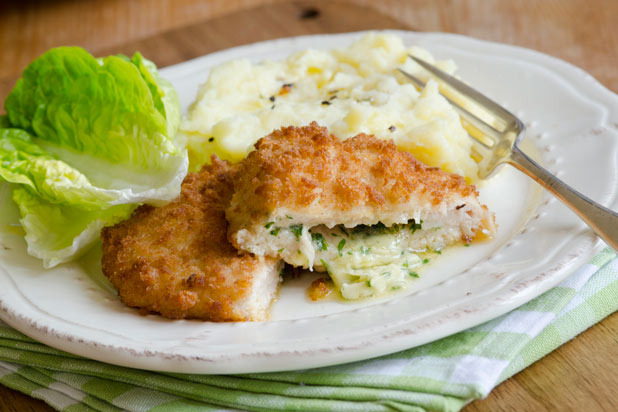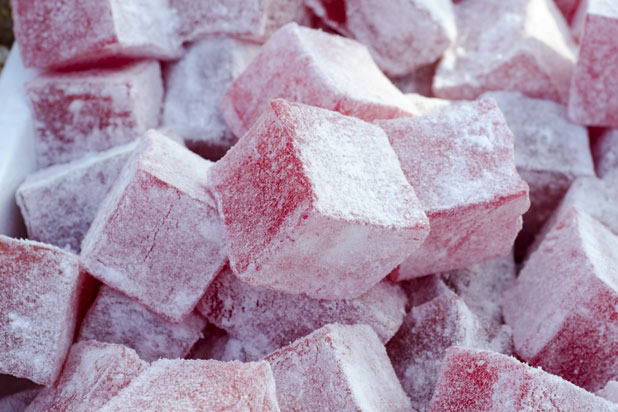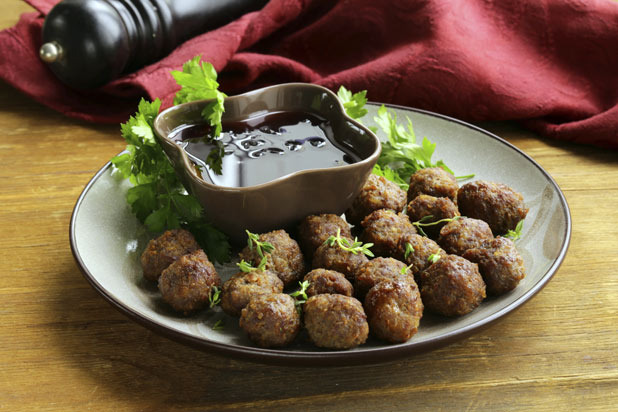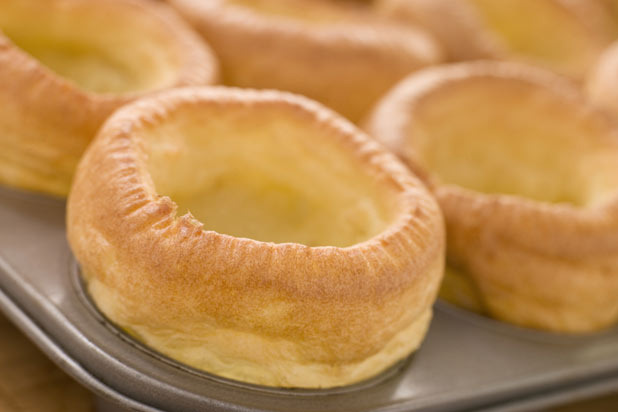9 Famous Foods Named For Places Around The World (Slideshow)
Also known as the Brussels waffle, the Belgian waffle had its humble beginnings in the Middle Ages as a mixture of barley and oats cooked in a "waffle iron" made from two metal plates connected by a hinge and attached to an arm with a wooden handle. Traditionally sold at church fairs and saint feast day festivities it was finally brought to America in 1964 for the World's Fair in New York by Maurice Vermersch (Americans referred to it as the Belgian waffle because many didn't know where Brussels was). Belgian waffles are eaten with a light dusting of sugar.
Baked Alaska
Baked Alaska is a "cake" made from soft sponge cake topped off with a layer of hard ice cream and covered with a layer of uncooked meringue. This creation is then popped into the freezer until serving time, at which point it is placed in a very hot oven, just long enough to brown the meringue. The name comes from Delmonico's Restaurant in New York City where it was created in honor of the newly acquired territory of Alaska in 1876.
Buffalo Wings
Buffalo wings have the rare distinction of having not one, but two origin stories. The dish was first served up at the Anchor Bar, a family-owned eatery in Buffalo, New York in 1964. The wings are said to be the invention of Teressa Bellissimo, who added her own special sauce to the wings after a shipment mishap left the restaurant with boxes of wings instead of other chicken parts and she had nothing else to serve hungry diners... and so the buffalo wing was born. In another story her son Dominic claims that he was in the diner with friends and asked Teressa to make them something to eat (again, because of the shipment mix-up the wings were all that was available). Though slightly different, these stories don't necessarily contradict each other.
California Roll
Many a casual connoisseur of Japanese cuisine will admit to enjoying a plate of California rolls on sushi night — the problem is that it's not exactly a Japanese dish. California rolls were first whipped up in Los Angeles, California back in the 1960s. The story goes that because the fish traditionally used in sushi, like fatty tuna, wasn't always available, a sushi restaurant called Tokyo Taikan decided to improvise — sushi chef Ichiro Mashita substituted the kind of fish, and began subbing in other ingredients too, like avocado. Putting the rice on the outside is also specific to the California roll.
French Toast
The truth about French toast is that it really existed long before France was even a country — the concept of repurposing stale bread in such a manner was used all over Europe in the Middle Ages (some even suggest a version of it was eaten during the time of the Roman Empire) and was known by a variety of names, including Spanish toast and German toast. The idea was that food was not abundant and, in an attempt to use every scrap of what there was to feed their families, peasants would use stale bread to make this toast dish. In France it was known as "pain purdue" or "lost bread."
Chicken Kiev
While this dish is well known in Russian cuisine, and is also the national dish of the Ukraine (of which Kiev is the capital) its origins are actually more likely French — during the early 1900s French food was so popular across Russia that Empress Elizabeth sent dozens of her best chefs over to France to study it. One of the dishes brought back and adapted was cotelettes de volaille, a chicken dish with herbs and butter that is very similar to the chicken Kiev we know today. The dish gained popularity (and its name) when it was served after the two World Wars in Kiev to the delegation returning from Berlin.
Turkish Delight
Most people remember this sweet treat from C.S. Lewis's famous children's books about Narnia, though in real life its origins are more humble. The sweet was invented by Anatolian immigrant Bekir Affendi when he set up shop in Istanbul in 1777. Bekir created the recipe from an older one that combined a mixture of honey and molasses with water and flour. Bekir's version used corn flour and beet sugar which developed into a firm yet chewy jelly. The treat became so popular that soon the sultan appointed Bekir chief confectioner to the palace. The name comes from the Arabic "rahat-ul hulkum" meaning "soothe or heal the throat"... this soon became rahat lokum and then lokum (which is what it is commonly referred to in Turkey and the Arab world). When an English traveler took the dish home after a brief visit to the region, he called it Turkish Delight as he could not pronounce the Arabic name.
Swedish Meatballs
Meatballs are one of those universal dishes enjoyed in pretty much every culture and corner around the globe. The minced meat mashed up and rolled into a ball with herbs and spices is easy to make and easier to eat; it's so simple, in fact, that at first it's difficult to tell what makes a Swedish meatball different from any other meatballs. Well, it's mainly because the Swedish meatball, or Köttbulle (pronounced cheutbulle), is smaller and usually served with cooked potatoes, lingonberry, and creamy mashed potatoes. Swedish meatballs are believed to have been brought to the U.S. by Scandinavian immigrants in the 1950s.
Yorkshire Pudding
While Yorkshire pudding may be a common and incredibly popular dish in Britain and around the world, its origins are shrouded in mystery. The first appearance of the dish seems to be in the 18th century when it surfaced in a cookbook referred to as Dripping Pudding (referring to the dripping of meaty juices from the spit roast). Then in 1747, English cook Hannah Glasse wrote the dish again in her cookbook The Art of Cookery Made Plain and Easy. Having been written by one of the most famous food writers of the time, her book spread the word about Yorkshire pudding.

